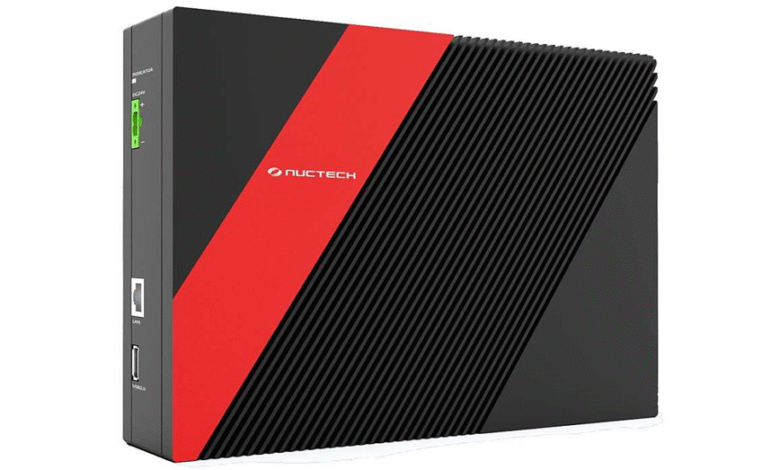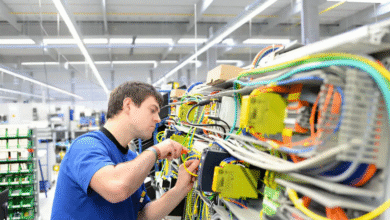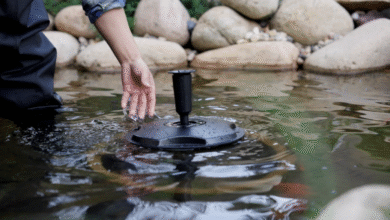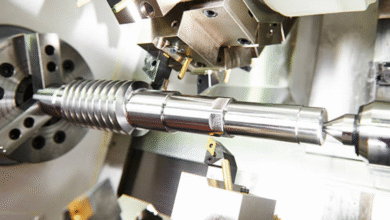Ai-driven security: enhancing safety without sacrificing privacy

Imagine a time when security screening was as simple as passing through a metal detector. Those were the days, right? But as the world changed, so did the threats and, consequently, the technology we use to keep us safe. Today, we’re talking about everything from metal detectors to AI-driven systems that are revolutionizing public safety.
The early days of security screening and its evolution
Back in the day, security screening was pretty straightforward. Remember those old-school metal detectors? They were the go-to for catching anyone trying to sneak in a weapon. But let’s be real, they were limited in what they could detect. A knife or a gun? Sure, no problem. But anything beyond that? Not so much.
As time went on, the need for more advanced screening methods became obvious. Enter X-ray machines and full-body scanners. These brought a whole new level of scrutiny, allowing for the detection of various contraband items hidden in luggage or even on a person. It was like upgrading from a flip phone to a smartphone. Suddenly, we had more tools at our disposal to keep everyone safe.
But even with these advancements, there were still gaps. And that’s where things started to get really interesting. Technology didn’t stop evolving, and neither did the threats. So, what comes next? How do we stay one step ahead?
Game-changing technologies shaping public safety
Fast forward to today, and the landscape looks completely different. We’re talking about AI-driven systems that can analyze images with incredible precision. Take the NUCTECH™ WEKNOW300 AI Inspection System from InsTech Netherlands, for example. This bad boy uses deep learning algorithms to detect contraband with a high detection rate and low false alarm rate. It’s compatible with various X-ray scanners and can be deployed quickly without any hardware modifications.
And it’s not just about detecting weapons anymore. Modern systems can identify everything from knives and guns to firecrackers, batteries, bottled liquids, electronics like laptops and power banks—you name it. The level of sophistication is mind-blowing. It’s like having a superintelligent security guard working around the clock.
But here’s the kicker: it’s not just about what these systems can detect; it’s also about how they integrate into existing workflows. The best systems maintain the original user workflow without affecting the speed of image evaluation. It’s all about making things easier and safer without adding complexity. Talk about a win-win!
See also: Exploring the Role of 18662719305 in New Age Tech Solutions
Balancing privacy with enhanced security measures
Now, let’s talk about the elephant in the room: privacy. With all this advanced technology scanning our bags and bodies, where do we draw the line? It’s a tricky balance between keeping people safe and respecting their privacy. No one wants to feel like they’re living in a surveillance state.
That’s why modern security systems are designed with privacy in mind. For instance, millimeter wave scanners used in human body scanner don’t produce detailed images of the body but rather highlight areas where contraband might be concealed. It’s like having an extra layer of security without exposing too much personal information.
And let’s face it, as much as we value our privacy, most of us also appreciate knowing that we’re safe when we travel or attend large events. It’s all about finding that sweet spot where security measures are effective but not intrusive.
Real-world impacts on everyday life
So, what does all this mean for our daily lives? Well, for starters, it means shorter wait times at security checkpoints. Advanced systems are faster and more efficient, which means less time standing in line and more time getting on with your day.
It also means a higher level of safety in places like airports, subways, and public events. Knowing that sophisticated technology is being used to keep an eye out for threats can provide peace of mind for travelers and attendees alike.
And let’s not forget about the convenience factor. With systems like WEKNOW300 that are easy to deploy and don’t require extensive training for operators, it’s easier for organizations to implement advanced security measures without disrupting their operations.
What the future holds for public security technology
The future of public security technology is looking bright—if not a little bit sci-fi. We’re already seeing incredible advancements in AI and machine learning, and there’s no telling where it will go from here. Imagine a world where security systems are so advanced that they can predict threats before they even happen. Sounds like something out of a futuristic movie, but we’re closer than you might think.
As these technologies continue to evolve, one thing is certain: the goal will always be to keep people safe while respecting their privacy and making their lives easier. Whether it’s through faster screenings, more accurate detections, or less intrusive methods, the future of public security technology is all about creating a safer world for everyone.
In conclusion (without actually saying “in conclusion”), it’s clear that we’ve come a long way from those old metal detectors. The advancements in security screening technology are nothing short of impressive, and they’re making a real difference in our daily lives. So here’s to staying safe and embracing the future—whatever it may hold!



